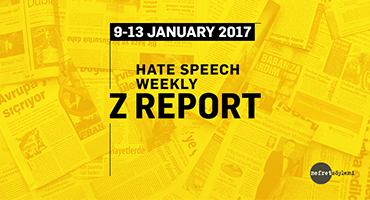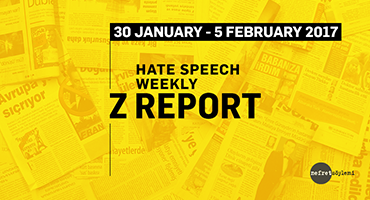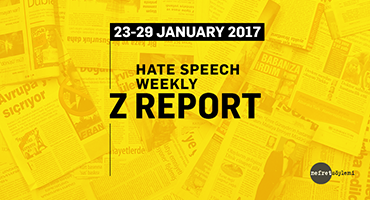Within January 1-5, 2020, three articles that generate hate speech were selected from print media. You can find three articles that contain hate speech against Armenians, Jews, Syrians, Cypriot Greeks as well as the analyses written about them below. .1
1.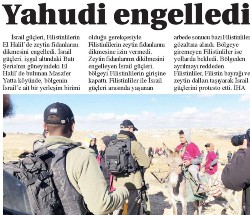
Reporting that Israeli Security Forces prevented Palestinian people from planting olive trees in Hebron, the newspaper Yeni Konya highlights the Jewish identity of the security personnel with the title “Jews got in the way”, using this religious identity to define the oppressors. Thus, hatred and enmity against Jewish identity is reinforced. |
2.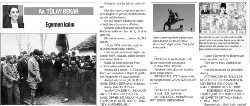
Tülay Bekar, in her column titled “Stay Sovereign”, associates the French, Greeks and Armenians with occupation and atrocity with the following statement: “The French lasted one year in Antep where they entered on November 5, 1919 with the help of minority Greeks and Armenians’ atrocities.” In this way, the sentiment of enmity against these identities is fomented. |
3.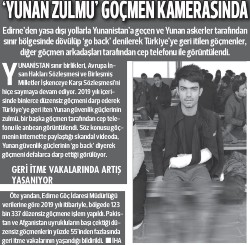
In the article published in Çorlu Devrim Gazetesi with the title “’Greek atrocity’ on migrant’s camera”, the story and treatment of migrants who got caught on their attempt to enter Greece and sent back to Turkey is reported with the description “Greek atrocity”. In this way, Greek identity is associated with violence and atrocity and hatred and enmity against this identity is reinforced. |
4.
Sema Tuncel, in her column titled “I love Turks as well”, writes: “We have been living with Syrians for years. We are surrounded by beggars, thieves, perverts. Despite the efforts of covering them up, people know and experience these things.” With this statement, she identifies “Syrian” identity with “begging”, “theft” and “perversion”, reinforcing negative sentiments and discriminatory discourse about Syrians. |
1. Within the scope of the media monitoring work focusing on hate speech, all national newspapers and around 500 local newspapers are monitored based on pre-determined keywords (e.g. Traitor, apostate, refugee, Christian, Jewish, separatist, etc.) via the media monitoring center. While the main focus has been hate speech on the basis of national, ethnic and religious identities; sexist and homophobic discourses are also examined as part of the monitoring work.


